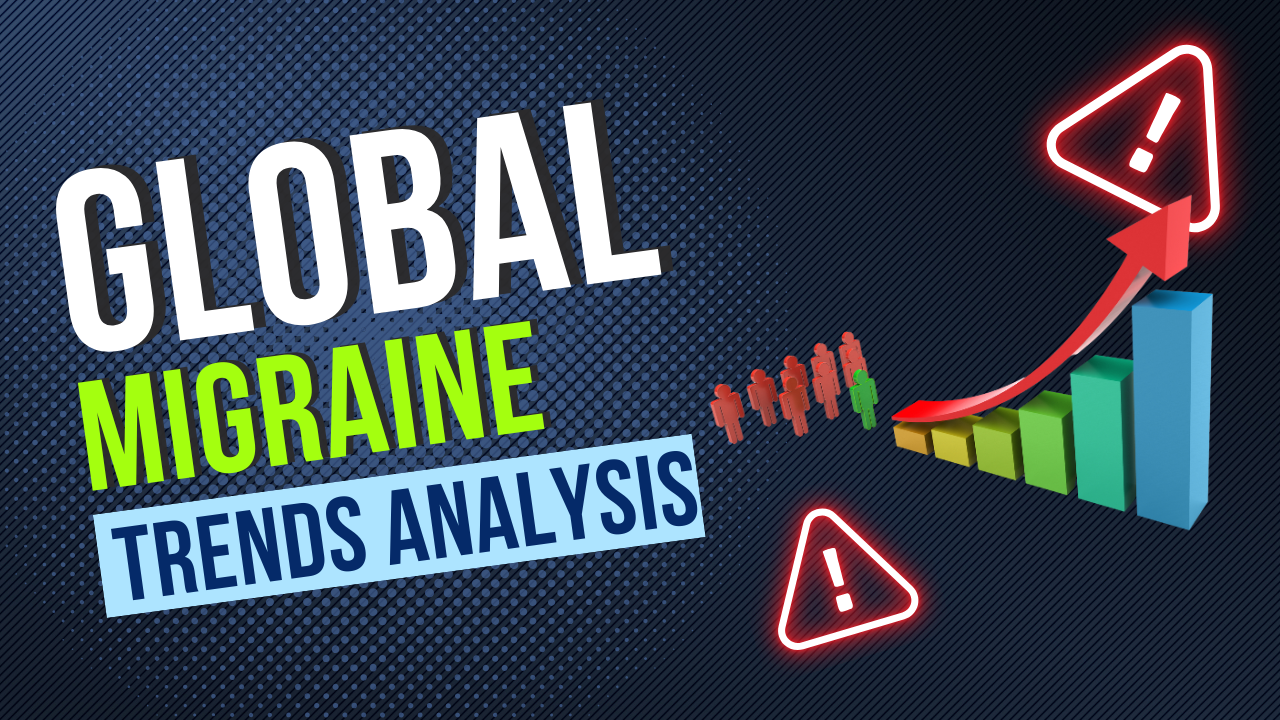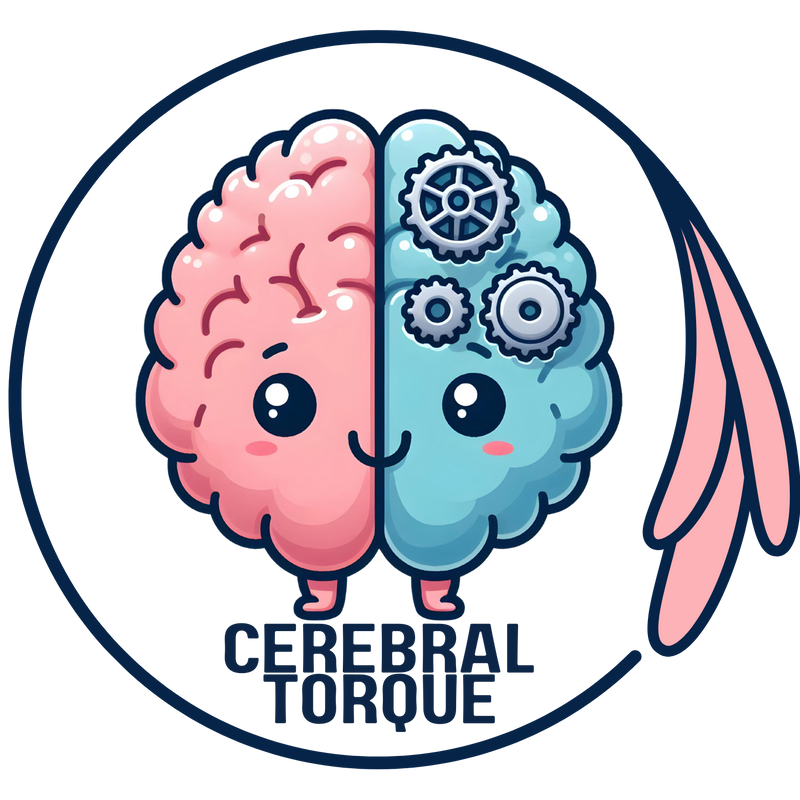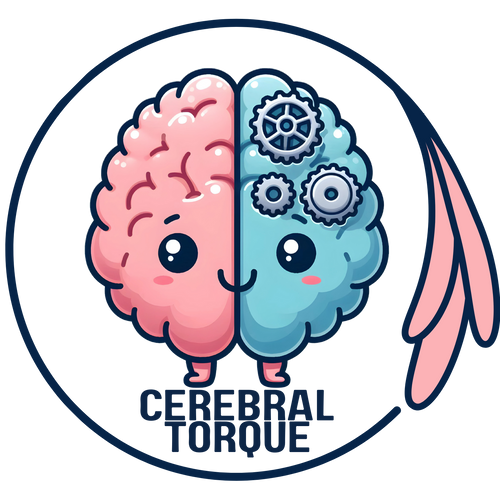Global Migraine Trends Analysis
Posted on December 11 2024,

Global Burden of Migraine
https://doi.org/10.1007/s40122-024-00690-7
Key Terms Explained:
- ASPR (Age-Standardized Prevalence Rate): Number of cases per 100,000 people, adjusted for age differences in populations
- EAPC (Estimated Annual Percentage Change): How fast the rate is changing year over year
- DALYs (Disability-Adjusted Life Years): Years of healthy life lost due to disability and early death
- SDI (Sociodemographic Index): Measure of a region's development level (0-1 scale)
Basic Numbers - How Big is the Problem?
| What We're Measuring | 1990 | 2021 | Change | What This Means |
|---|---|---|---|---|
| Total People Affected | 732.56 million | 1.16 billion | +58.15% | About 1 in 7 people now have migraine |
| New Cases Per Year | 63.50 million | 90.18 million | +42.06% | More new cases being diagnosed yearly |
| Impact on Life (DALYs) | 27.41 million | 43.38 million | +58.27% | Increasing impact on quality of life |
Men vs. Women - Who's More Affected?
| Measurement | Women (2021) | Men (2021) | What This Tells Us |
|---|---|---|---|
| Number of Cases | 725.24 million | 433.19 million | Women are more affected overall |
| Rate per 100,000 (ASPR) | 17,902.6 | 10,624.2 | Higher prevalence in women |
| Growth Rate (EAPC) | 0.02 | 0.13 | Men's cases growing 6.5x faster! |
Age Patterns - When Does Migraine Occur?
| Age Group | What We See | Why It Matters |
|---|---|---|
| 10-14 years | Highest new cases (2,368.93 per 100,000) | Critical age for first onset and intervention |
| 30-34 years | Most total cases (128.09 million) | Major impact during peak working years |
| 40-44 years | Highest overall rate (21,579.93 per 100,000) | Greatest burden during mid-career |
Geographic Differences - Where's the Problem Worst?
| Development Level | Rate per 100,000 | Trend | What This Means |
|---|---|---|---|
| High SDI (Most Developed) | 15,365.14 | Stable | Better diagnosis but rates leveling off |
| Medium SDI | 14,200.50 | Rising Fast | Improving detection and reporting |
| Low SDI (Least Developed) | 12,808.97 | Little Change | Possible underdiagnosis due to limited healthcare |
- Healthcare systems need to improve migraine detection in men
- Early intervention programs needed for adolescents
- Workplace support crucial during peak working years
- Developing regions need better access to migraine care
- Global burden expected to continue rising through 2050
Sun, Sep 14, 25
Neuroimaging Differences Between Migraine Types: Aura vs. Without Aura
Discover the latest neuroimaging research revealing key brain differences between migraine with aura and migraine without aura.
Read MoreThu, Sep 04, 25
Understanding Migraine Prodrome
Discover the migraine prodrome phase: 36 warning symptoms that occur 1-6 hours before headache onset. Learn timing patterns, predictive confidence levels, and new treatment approaches based on groundbreaking 2025 research...
Read MoreThu, Aug 07, 25
Dizziness and Migraine: When is it Vestibular Migraine?
Dizziness and migraine: Learn when dizziness is vestibular migraine vs BPPV, Meniere's disease, or vascular causes. Guide covers symptoms, diagnosis, cutaneous allodynia, and treatment options for recurrent dizziness episodes.
Read More


